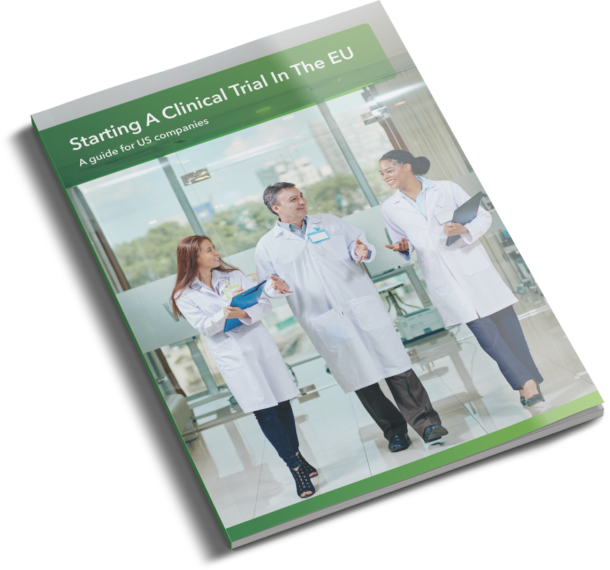Now nearing the end of their second year in use, the EU’s Clinical Trial Regulation and its associated Clinical Trials Information System (CTIS) have meant some big changes for sponsors and others involved in designing, getting approval for, and running clinical trials in Europe. What does this look like in practice?
Since the end of January 2023, it has been mandatory for sponsors to use the CTIS when applying to start a trial. Usage is in full swing: at the time of writing, there are 43,692 trials registered on the EU Clinical Trials Register.
“As with most new systems, CTIS has its technical issues,” said Jan Balemans, CEO of Siron Clinical. “Technical challenges are one of the main problems we have encountered among sponsors using the CTIS so far.” He notes that the European Medicines Agency (EMA) is continuously working on these to further improve the system, and regular updates are made to further improve the user experience.
Over the past two years, Siron Clinical has gained experience working according to the CTR and using the CTIS. In this blog post, we share three important aspects to consider when you’re planning to run a clinical trial in the EU.
What is the CTIS?
According to the EMA’s website, “Clinical trial sponsors can use CTIS to apply for authorisation to run a clinical trial in up to 30 EEA countries via a single online application.” The system aims to support a more harmonized assessment and supervision process. In theory, it makes multinational trials easier to run and enables sponsors to extend their studies to additional EU Member States.
The regulation and CTIS also increase the transparency of clinical research in the EU, which continues to be a major consideration for trials.
Application: strict timelines require extensive preparation
As with any new system, sponsors have had a learning curve to traverse, but with time, the process becomes more comfortable, revealing the biggest challenges. One of these relates to timing. “The timelines to follow are very strict, and therefore, thorough preparation before starting the submission is essential,” said Jan Balemans.
The timelines are so tight that it’s vital to make sure all the documentation is complete before submission. According to the CTR Questions & Answers document, “Regulation 536/2014 foresees strict timelines for the assessment of initial clinical trial applications… Sponsors shall submit the requested additional information within the period set by the Member State, which shall not exceed 12 days from the receipt of the request.”
Communication is key here. Effective communication with all stakeholders involved in the trial sets a strong foundation for the submission and enables a more efficient response. One aspect of this is ensuring all organizations that will be included in the submission are registered in the Organization Management System, as this is where CTIS pulls the information from.
Submission dossier: high quality means fewer questions
Related to this is the quality of the submission dossier. In order to respond within tight timelines, it’s important to have documentation that’s not only complete but also high-quality. This might take longer than it did under the previous Clinical Trials Directive.
“Under the CTR, the sponsor should realize that extra time may be needed in the preparation of the documents,” said Jan Balemans. “It must be ensured that documents submitted for the application are of high quality and, as such, lead to minimal questions.”
As we have mentioned, there is a 12-day turnaround time for responses. This can be even more challenging if responses require updates to documents and even translations.
One of the ways to ensure documentation is high-quality and complete from the very start is by using an electronic trial master file (eTMF).
Local touch: success depends on the Member States
Clinical trial applications go through the CTIS in two parts: the first for scientific and medical product documents and the second for national and patient-related documents. But authorization comes down to the individual Member States.
This process isn’t just complex for sponsors. “CTIS is also challenging for local regulatory authorities and ethics committees,” said Jan Balemans. “It, therefore, is essential to have local people who are having direct communication lines in place with these bodies.”
Having a strong local footprint can help you work more efficiently and effectively within the CTR, minimizing some of the hurdles you have to overcome when running a clinical trial in the EU.
Read more about the Clinical Trial Information System (CTIS) and its aims.
At Siron Clinical, we know how important it is to manage your submission centrally while maintaining a local footprint. We work with sponsors across the EU to ensure their regulatory submission process, one of the most critical milestones in a research program, goes smoothly. With support across all aspects of the process, from regulatory advice to dossier preparation and submission, we can help you succeed. Find out more and contact us to get started.




0 Comments